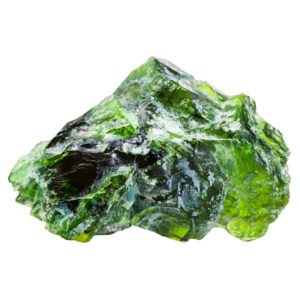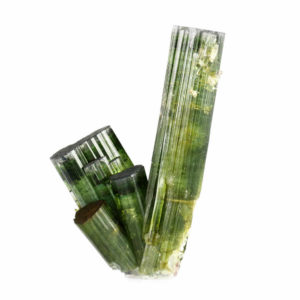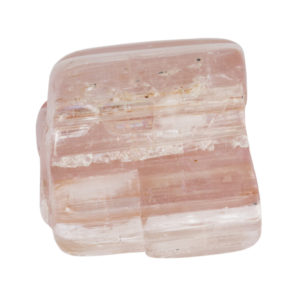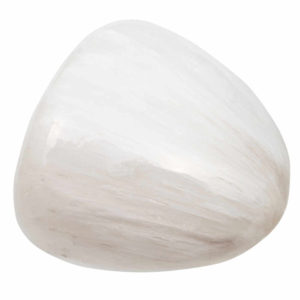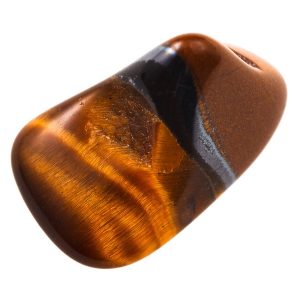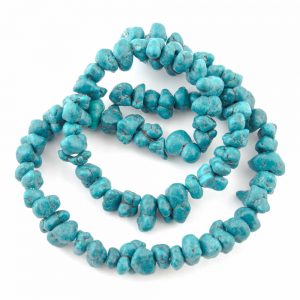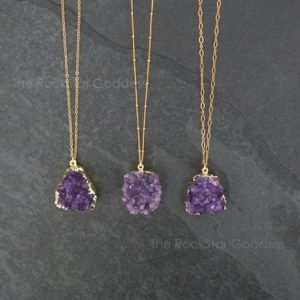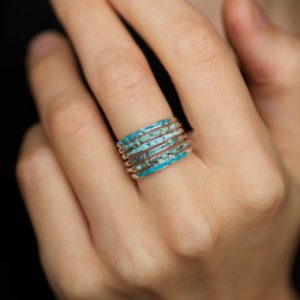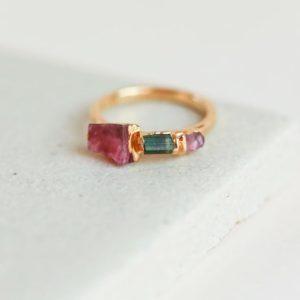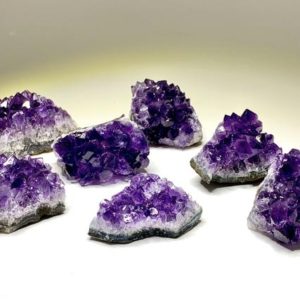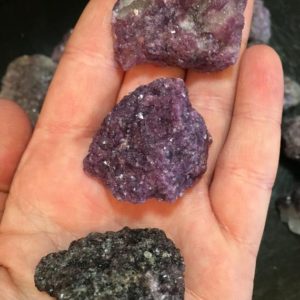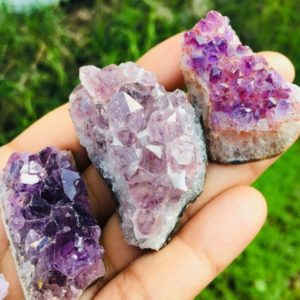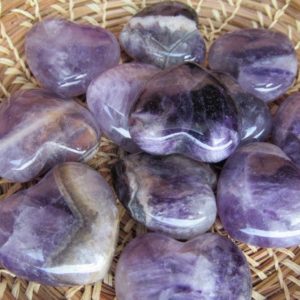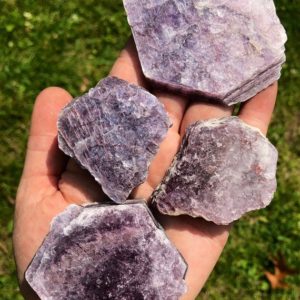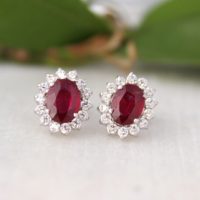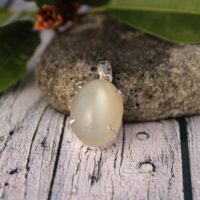You are here: Beadage > Gemstone Meanings > Gemstone Uses >
10 Best Crystals for Balance & Inner Peace
Balance can mean different things to different people. We think of it as being centered in a strong sense of self. Being emotionally balanced means that the events of life do not throw you off and you feel at peace with yourself and life. You are able to adjust and re-orient to what is important to you and live actively, rather than reactively. Your days and life feel harmonious and flow smoothly. The gemstones for balance below are chosen to help you achieve this state of inner peace.
If you purchase through these links, we may receive a small commission.
Disclosure
If you purchase through these links, we may receive a small commission.
Disclosure
Disclaimer: Gemstone and Crystal Properties and Spiritual Gemstone Meanings listed here are not a substitute for medical care.
If you have a physical or mental illness, please see a doctor or mental health professional.




